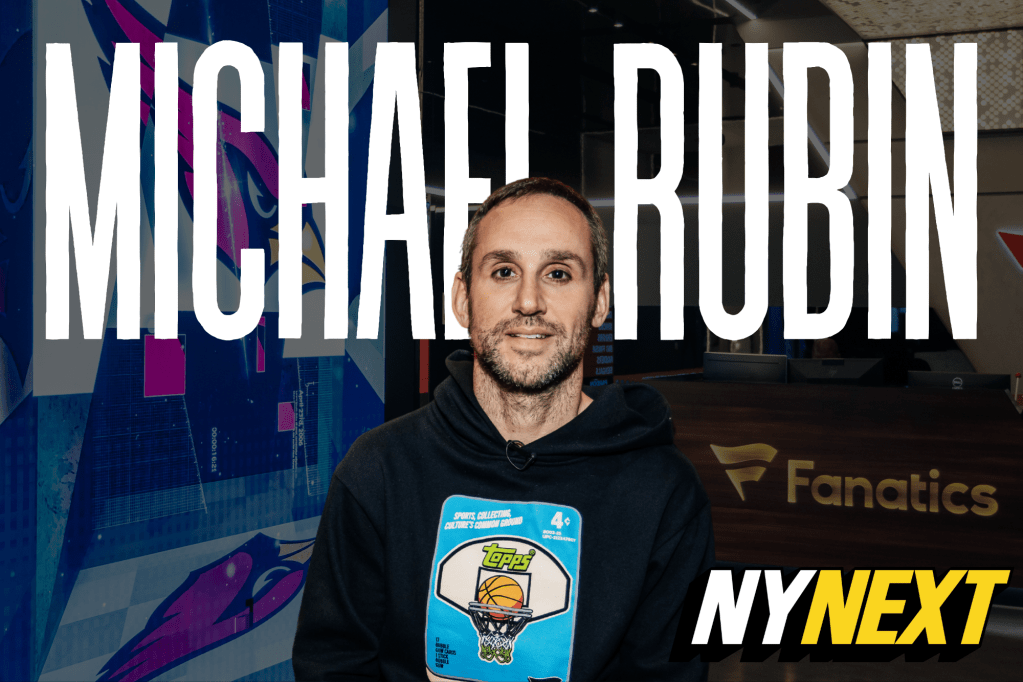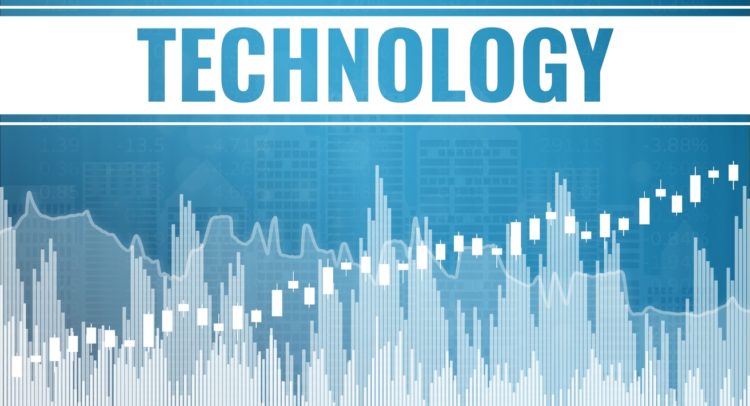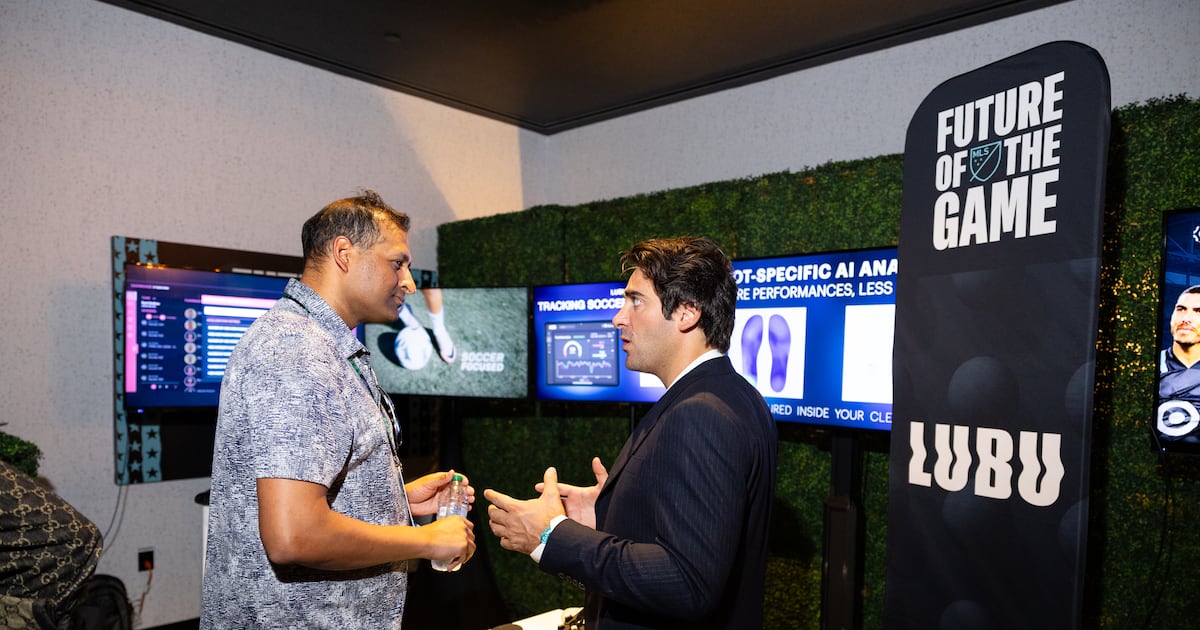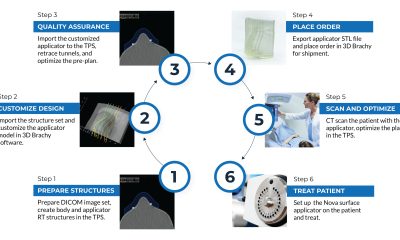Muscle, metrics & GLP-1s: McKinsey maps out a $5.65T metabolic health opportunity. Here’s how fitness and wellness brands can take the lead
GLP-1s may have kicked off the obesity conversation, but they’re not where it ends.
That’s the premise behind The Path Toward a Metabolic Health Revolution, a report from the McKinsey Health Institute (MHI) that reframes obesity not as a personal failing, but as a global, systemic challenge and a massive economic opportunity.
With nearly 900 million adults now living with obesity, the stakes are high. MHI estimates that if left unaddressed, obesity could cost the global economy $2.76 trillion in lost GDP annually by 2050. But the rise of GLP-1 weight management drugs is shifting the conversation from crisis to treatable condition and opening the door to something bigger: a bold, collaborative push towards metabolic health for all.
According to the report, society is now at a crossroads. One path focuses on reactive medical treatment, while the other calls for broad, systemic change, from science and tech to food, fitness and consumer behavior. That second path, McKinsey says, could unlock 3.5 times more health gains and a $5.65 trillion annual GDP uplift in 2050.
So what does this mean for fitness and wellness professionals?
Here are five key takeaways from the report that highlight where the fitness and wellness industry fits into this revolution.
1. It’s Biology, Not Just Behavior
McKinsey makes it clear: obesity is a treatable medical condition shaped by complex biological, socioeconomic and environmental factors and not simply a matter of personal choice or willpower. For fitness brands and leaders, that means moving beyond oversimplified “calories in, calories out” messaging toward a more inclusive, science-backed approach.
This includes looking past body mass index (BMI) as a standalone metric and embracing other indicators of health, like body composition, blood sugar and cardiovascular function. The rise of AI and wearable technology also offers new tools to deliver personalized programs designed for each individual’s physiology, lifestyle and goals.
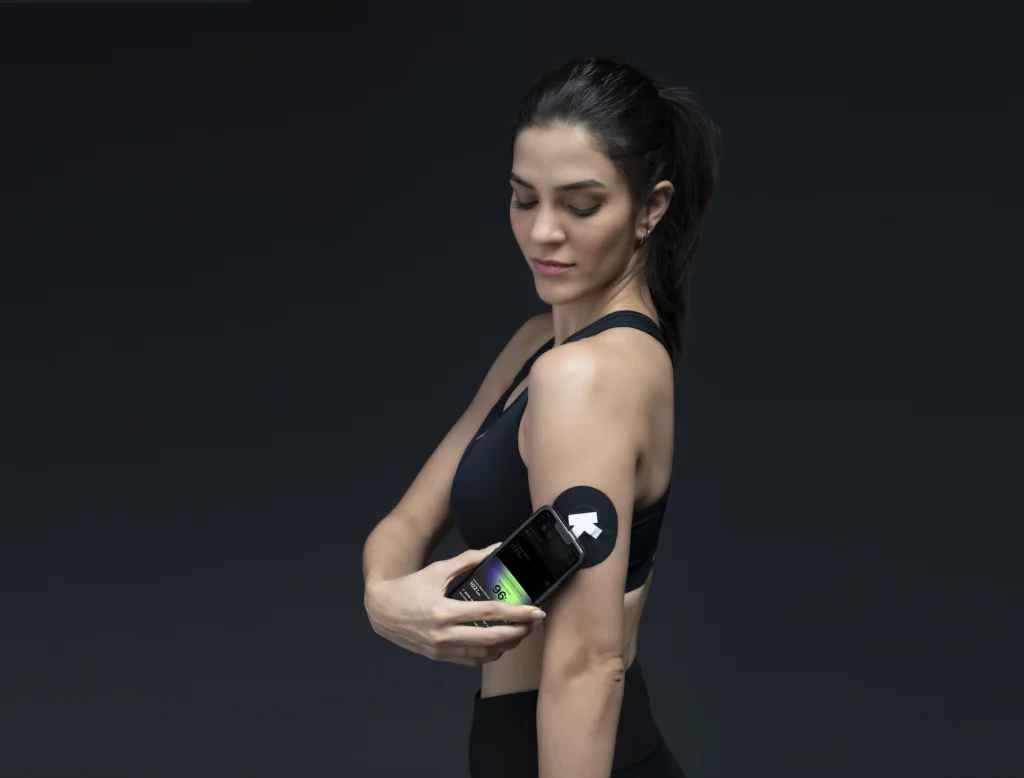
Fitness brands are already leaning in. Fitness SF, for example, offers biomarker testing and DNA analysis in partnership with InsideTracker to guide personalized training protocols, while Equinox’s Optimize program pairs blood testing with coaching across sleep, nutrition and movement.
2. Companion Services As the Next Growth Engine
Drugs like Ozempic and Wegovy are effective, but not comprehensive, and as McKinsey notes, they need to be used in combination with other interventions to shift obesity rates. To that end, fitness operators have a major opportunity to position themselves as essential GLP-1 companions to help users preserve muscle, build healthy habits, and avoid long-term setbacks.

To support members on GLP-1s, fitness operators can double down on strength training to counteract muscle loss, offer personalized programming to address shifts in energy and appetite and provide nutrition coaching that prioritizes protein and nutrient-dense foods.
Companies like Evolt and InBody are also helping gyms track muscle preservation and nutrient needs more accurately through advanced body composition scans, which are especially useful for GLP-1 users navigating rapid weight loss.
3. Going Beyond Obesity
GLP-1s may address obesity, but McKinsey urges leaders to think bigger. Metabolic health spans cardiovascular function, kidney health, blood sugar regulation and inflammation, domains where exercise, recovery and lifestyle interventions excel. Fitness and wellness brands that align with a broader health mission have a prime opportunity to help architect the next era of preventative care.

At 24 Hour Fitness, recovery-focused group training like Modus Move and Mobility reflect a growing interest in “prehab” and functional longevity, while Chuze Fitness and Crunch Fitness are investing in saunas, HydroMassage, and meditation classes to address other areas of health.
4. Fitness Isn’t Adjacent to Healthcare. It Is Healthcare
McKinsey’s most ambitious forecast hinges on one thing: making metabolic health a shared priority across sectors like healthcare, food, tech and fitness. For gym operators and wellness brands, it’s an opportunity to step into the healthcare ecosystem, rather than alongside it. As for what that looks like, it could mean forging partnerships with primary care clinics, integrating biometric data and wearables into training protocols, or offering chronic disease prevention programs powered by science, not trends.
That message echoed across multiple panels at the Athletech News Innovation Summit, where leaders from Pvolve, Dr. B, Life Time and others laid out how gyms can evolve into true partners in preventive care.
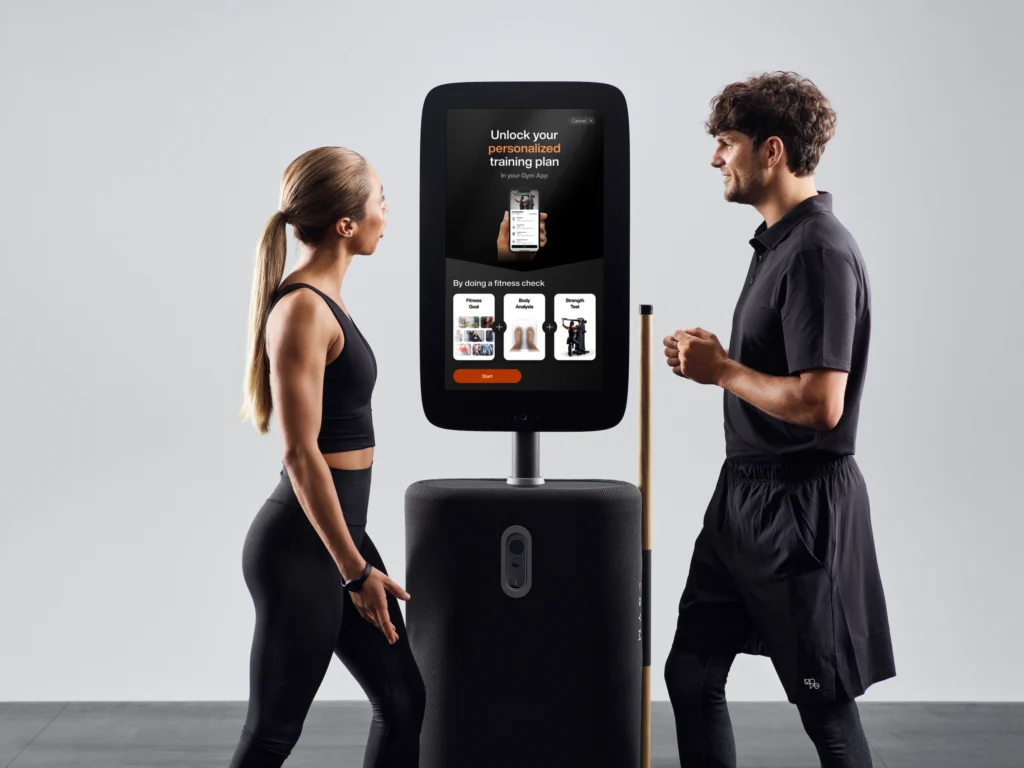
Some operators are already making this leap: Equinox has formed a Health Advisory Board, is invested in sleep fitness and launched medically integrated memberships, while EGYM and Technogym are using AI and biometric assessments to prescribe personalized fitness plans.
5. Measure What Matters, Serve Who’s Missing
McKinsey also calls for better measurement and greater equity in the metabolic health revolution. For fitness professionals, there’s an opportunity to incorporate more meaningful indicators, such as glucose levels and recovery data, to support overall health. At the same time, the industry can help close access gaps by embracing inclusive pricing models and community-based programming that meets the needs of those most affected.

High-value, low-price operators like EoS Fitness and Planet Fitness are already helping lead the way, making fitness offerings and wellness amenities accessible to broader populations through affordable memberships.

